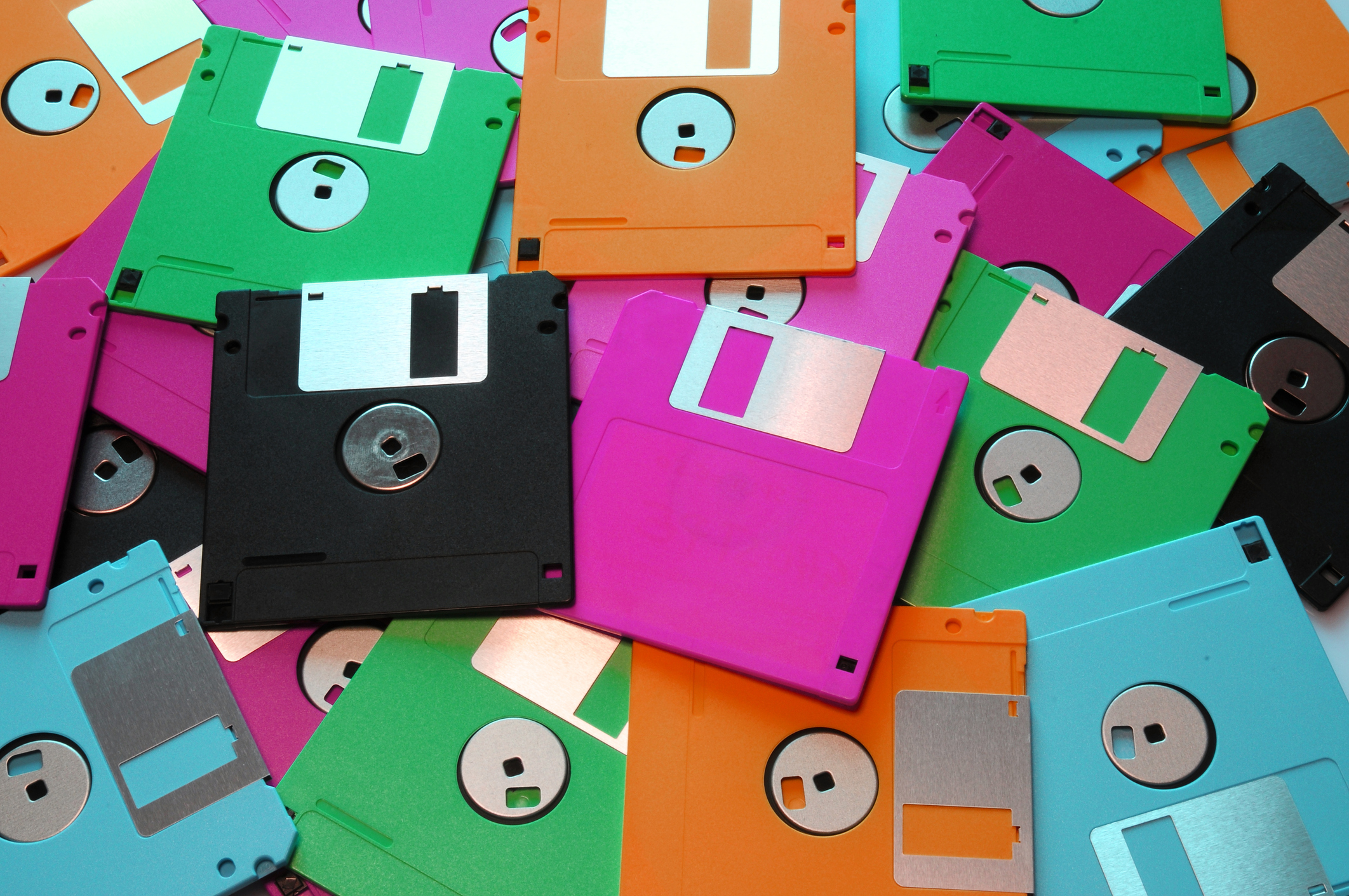When was the last time you held a floppy disk in your hand? For many of us, the answer is likely to be years or even decades ago. However, these tiny, flexible magnetic disks played a crucial role in the early days of computing and are still remembered fondly by many. In this article, we'll take a closer look at the history and legacy of floppy disks.
The Beginning of the Floppy Disk Era
Floppy disks were first introduced in the 1970s, when personal computers were still in their infancy. At the time, the most common way to store data was on large, expensive hard drives. However, the development of the floppy disk offered a more convenient and affordable alternative.
The first floppy disks were eight inches in diameter and made of a flexible magnetic material. They were initially used primarily by government agencies and large corporations, but as the cost of production decreased, they became more widely available to the general public.
By the 1980s, smaller, 5.25-inch floppy disks had become the norm, and they were used to store everything from computer programs to documents and photos. They were even used for video games, which often came on multiple floppy disks that had to be swapped out as the game progressed.
The Rise and Fall of the Floppy Disk
Despite their popularity, floppy disks were far from perfect. They were slow, had a limited storage capacity (usually around 1.44 MB for 3.5-inch disks), and were prone to failure due to their delicate nature. Additionally, they were easily damaged by dust, heat, and magnetism, which could erase or corrupt the data stored on them.
As technology progressed, new forms of storage began to emerge that were faster, more reliable, and had greater capacity. CDs, USB flash drives, and cloud storage all proved to be superior alternatives to the floppy disk, and by the early 2000s, floppy disks had become all but obsolete.
However, their legacy lives on. The floppy disk became an iconic symbol of the early days of computing, and many people still have fond memories of using them. They even continue to be used in some niche applications, such as in certain industrial control systems or in old military equipment.
Preserving the Legacy of the Floppy Disk
As technology continues to advance at a breakneck pace, it's important to remember the roots of computing and the role that floppy disks played in shaping the industry. While it's unlikely that anyone will be using floppy disks for everyday storage anytime soon, efforts are underway to preserve these artifacts of computing history.
Organizations such as the Computer History Museum in California and the National Museum of American History in Washington, D.C. have collections of vintage computers and other equipment that includes floppy disks. These institutions work to ensure that these items are preserved for future generations to see and appreciate.
Additionally, some enthusiasts still collect and use floppy disks for retro computing projects or simply for nostalgia. It's not uncommon to find old computers for sale online that still have floppy disk drives installed, allowing people to relive the early days of computing.
The floppy disk may be a relic of the past, but its impact on computing cannot be overstated. These tiny, flexible magnetic disks played a vital role in the early days of personal computing and paved the way for the storage technologies that we use today.
While they may not be the most practical or reliable form of storage, floppy disks continue to hold a special place in the hearts of many computer enthusiasts. Whether you remember using them yourself or have only heard about them in passing, the legacy of the floppy disk is one that will not soon be forgotten.
